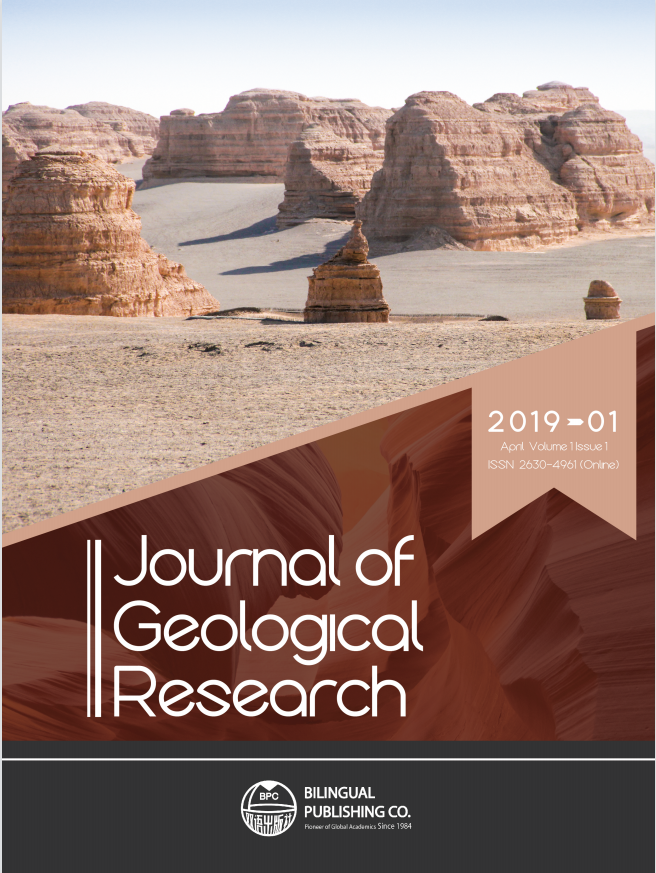Hydrogeological Hazards and Control Measures in Engineering Geological Exploration
DOI:
https://doi.org/10.30564/jgr.v1i1.686Abstract
For engineering geological investigation, hydrographic surveys are particularly important. By operating the equipment, relevant technicians analyze hydrogeological data around the project. A series of corresponding measures were taken to ensure the smooth completion of the project. However, due to the inadequate completion of hydrogeological survey work, it has great harm to the later stage of engineering work, and even will lead to the final failure of the project. Based on this, this paper explores the hazards and prevention measures of hydrogeology in engineering surveys.
Keywords:
Engineering investigation; Hydrogeology; Problems; Hazards; Prevention and control measuresReferences
[1] Lin Yang. Application of hydrogeology in geotechnical engineering exploration [J]. World Nonferrous Metals,2018(16):226-228.
[2] Rongwu Sun. Exploring the Harmfulness and Prevention Countermeasures of Hydrogeological Problems in Engineering Geological Prospecting [J]. Low Carbon World,2018(09):44-45.
[3] Jinhua Chen. Analysis of issues related to engineering geology and hydrogeological exploration [J]. World Nonferrous Metals,2018(13):205-207.
[4] Jiajun Jiang, Gang Kong. Content and important position of hydrogeological survey in geotechnical engineering survey [J]. Engineering and Technological Research,2018(09):24-25.
Downloads
How to Cite
Issue
Article Type
License
Copyright and Licensing
The authors shall retain the copyright of their work but allow the Publisher to publish, copy, distribute, and convey the work.
Journal of Geological Research publishes accepted manuscripts under Creative Commons Attribution-NonCommercial 4.0 International License (CC BY-NC 4.0). Authors who submit their papers for publication by Journal of Geological Research agree to have the CC BY-NC 4.0 license applied to their work, and that anyone is allowed to reuse the article or part of it free of charge for non-commercial use. As long as you follow the license terms and original source is properly cited, anyone may copy, redistribute the material in any medium or format, remix, transform, and build upon the material.
License Policy for Reuse of Third-Party Materials
If a manuscript submitted to the journal contains the materials which are held in copyright by a third-party, authors are responsible for obtaining permissions from the copyright holder to reuse or republish any previously published figures, illustrations, charts, tables, photographs, and text excerpts, etc. When submitting a manuscript, official written proof of permission must be provided and clearly stated in the cover letter.
The editorial office of the journal has the right to reject/retract articles that reuse third-party materials without permission.
Journal Policies on Data Sharing
We encourage authors to share articles published in our journal to other data platforms, but only if it is noted that it has been published in this journal.




 Pengna Zhou
Pengna Zhou

